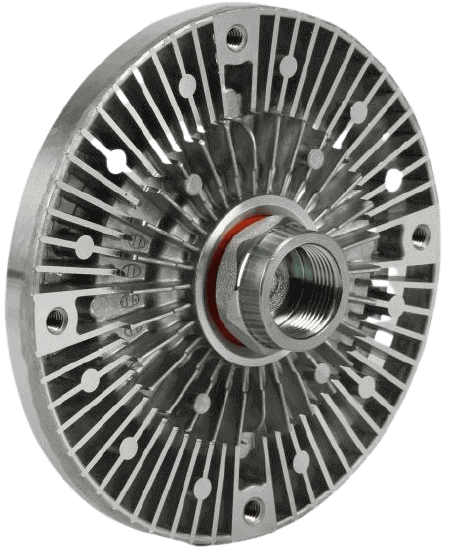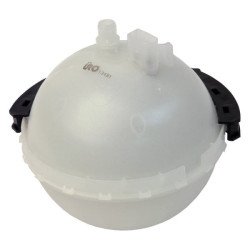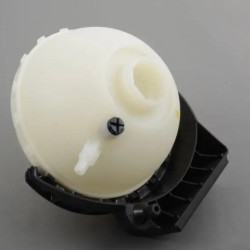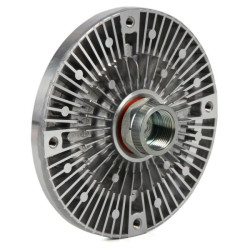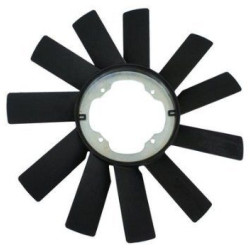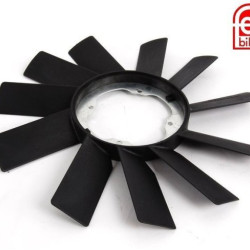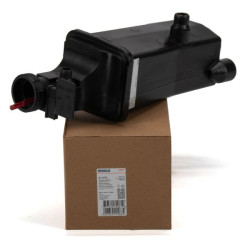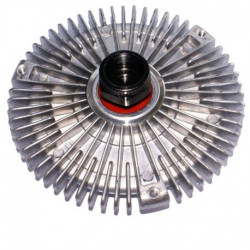BMW Fan Thermostat
The BMW fan thermostat is the part that mechanically activates the radiator cooling fan of vehicles. Depending on the engine's temperature condition, this heat flow ensures the operation of the cooling fan.
BMW Fan Thermostat: Features and Historical Development
The BMW fan thermostat is a critical component designed to ensure the engine operates at optimal temperature. The fan thermostat contributes to the efficient operation of the cooling system by preventing the engine from overheating. In this article, we will examine the features of the BMW fan thermostat and its historical development, and compare it with electric BMW fans that operate with a temperature sensor instead of a fan thermostat, discussing their advantages and disadvantages.
Features of the Fan Thermostat
BMW fan thermostats are mechanical devices that allow the fan to engage and disengage based on the engine's temperature. Here are the key features of fan thermostats:
Heat Sensitivity: The BMW fan thermostat detects the engine's temperature and activates the fan when a certain temperature is reached. This prevents the engine from overheating.
Durability: BMW fan thermostats are designed to withstand high temperatures and harsh operating conditions. This ensures long-lasting and reliable performance.
Simple Design: Fan thermostats have a simple and mechanical design, operating without the need for electronic components. This reduces maintenance and repair costs.
Historical Development
BMW fan thermostats have seen significant developments over the years:
Early Periods (1970s and Before): In the first BMW vehicles, fan thermostats were simple and mechanical devices that could be manually adjusted. During this period, fan thermostats effectively regulated engine temperature.
1980s and 1990s: During these periods, fan thermostats became more precise and reliable. The use of new materials and manufacturing techniques improved the performance and durability of fan thermostats.
2000s and Beyond: In modern BMW vehicles, fan thermostats have become part of more sophisticated and integrated systems. Working alongside electronic control units, they ensure the fan engages at optimal temperature and the right time.
Electric Fans and Systems Operating with Temperature Sensors
In modern BMW vehicles, electric fan systems operating with temperature sensors have started to replace fan thermostats. Here are the advantages and disadvantages of these systems:
Advantages
More Precise Control: Electric fans operating with temperature sensors measure engine temperature more precisely, controlling when the fan engages and disengages. This keeps the engine at optimal temperature.
Energy Efficiency: Electric fans engage only when needed, saving energy. This increases fuel efficiency and reduces the load on the engine.
Quieter Operation: Electric fans operate more quietly than mechanical fans. This enhances driving comfort.
Flexible Installation: Electric fans offer more flexible installation options in the engine compartment. This provides design flexibility and facilitates interior arrangements.
Disadvantages
More Complex System: Electric fans and temperature sensors require more complex electronic systems. This may lead to more expensive and complicated repairs in case of failure.
Higher Cost: Electric fan systems are more expensive than mechanical fan thermostats. This can increase vehicle production costs.
Electronic Failures: Since electric fan systems depend on electronic components, they are more prone to electronic failures. This can affect reliability.
Conclusion
BMW fan thermostats are important components that ensure the engine operates at optimal temperature and prevent overheating. Historically, fan thermostats have evolved from simple mechanical devices to sophisticated electronic systems. In modern BMW vehicles, electric fan systems operating with temperature sensors have replaced fan thermostats. While electric fan systems provide more precise control and energy efficiency, they also have disadvantages such as being more complex and costly. Both systems offer different approaches to ensuring efficient engine operation, each with its own advantages and disadvantages.
 Türkçe
Türkçe
 English
English
 Русский
Русский

